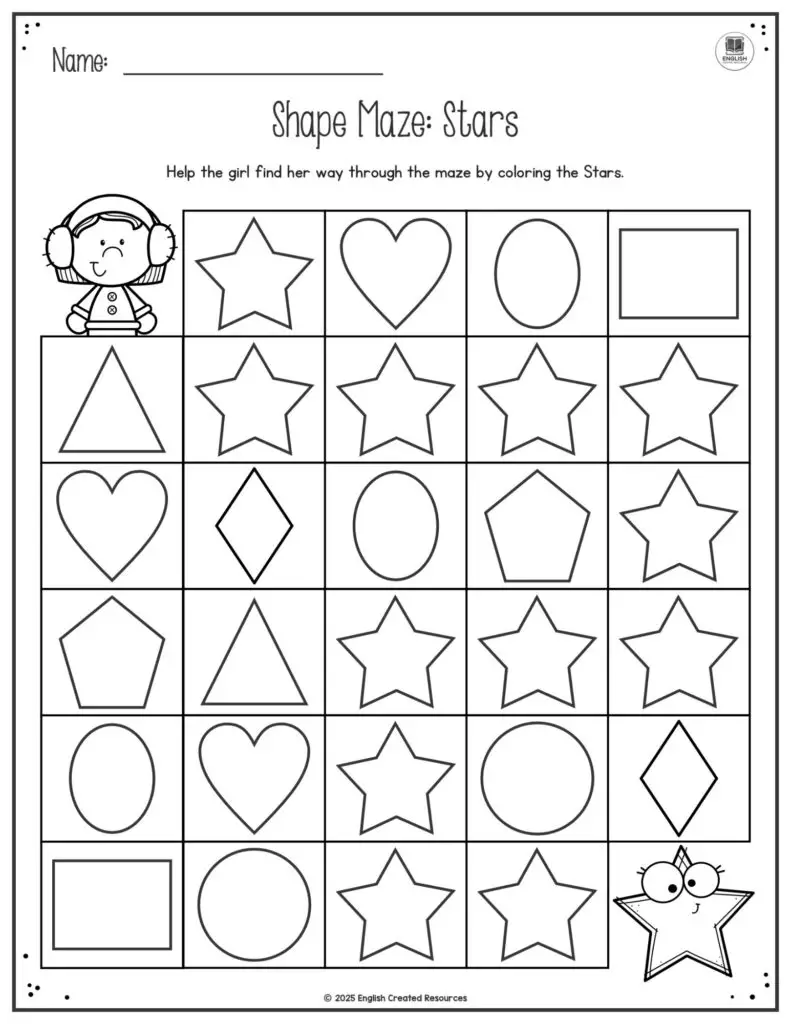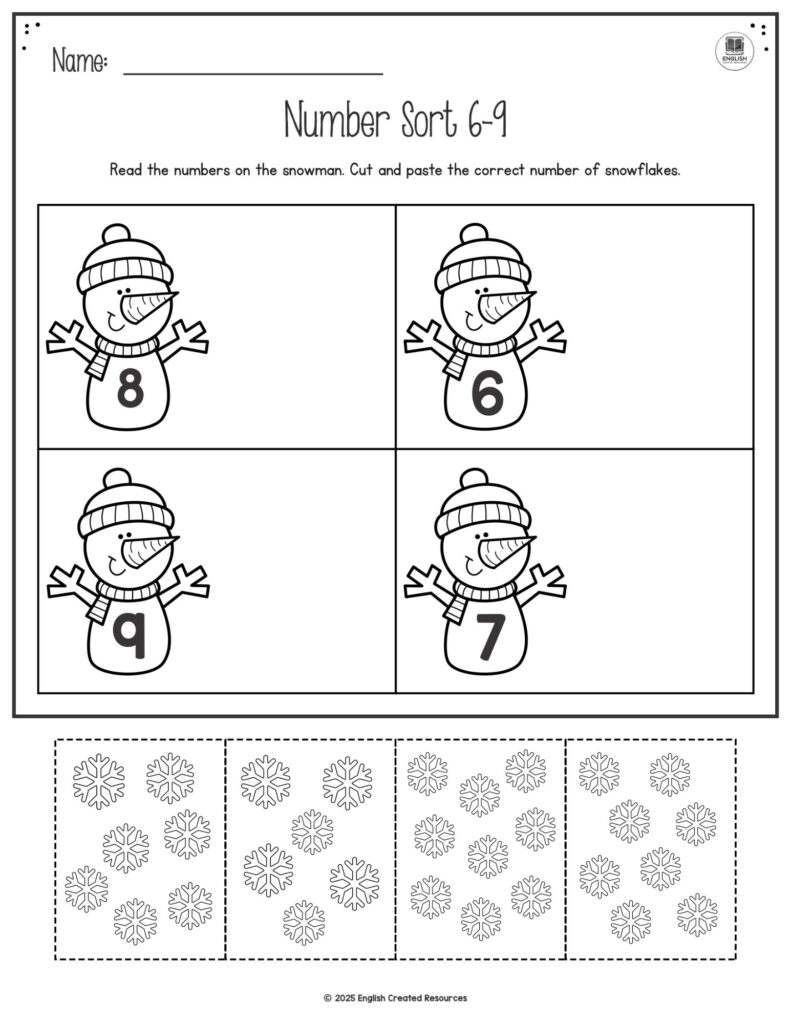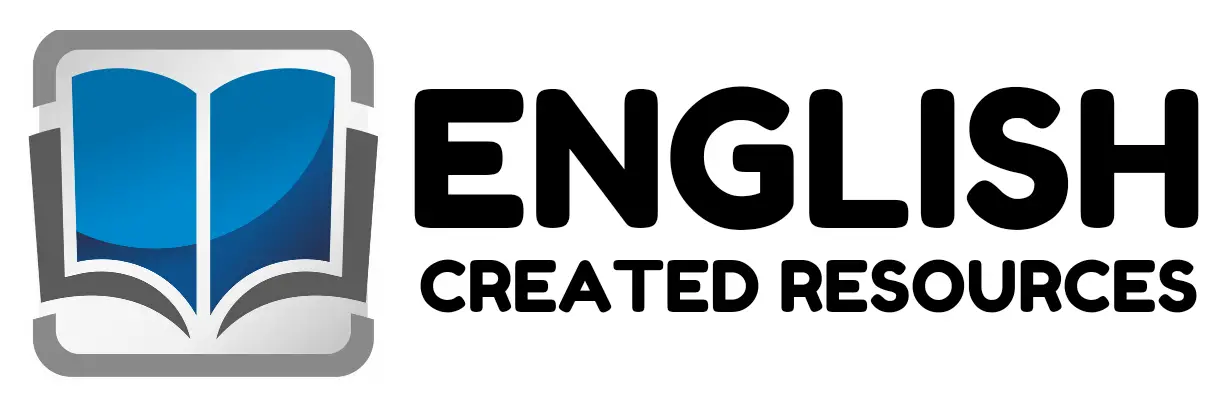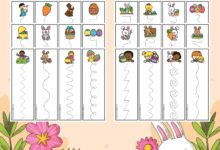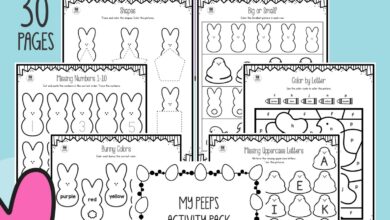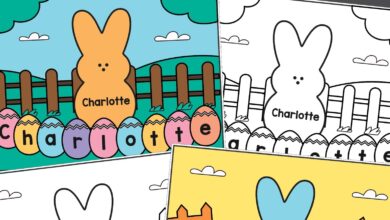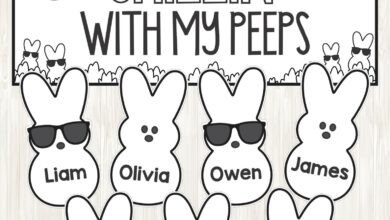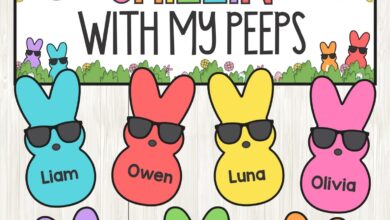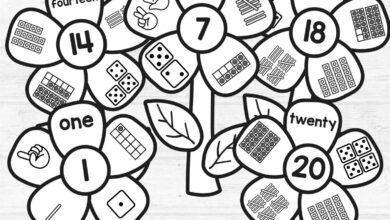My January Workbook
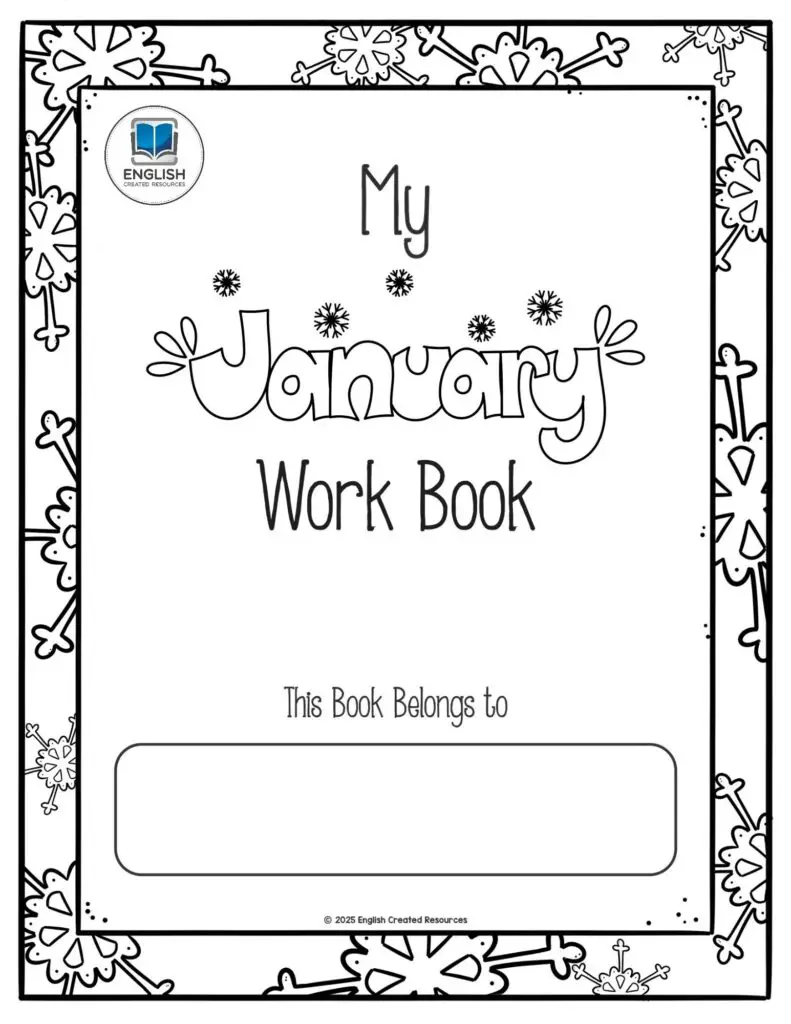
My January Workbook
As the new year begins, January offers a wonderful opportunity to engage preschool-aged children in a variety of fun, educational, and creative activities that will stimulate their language development and help them build early literacy skills. For young learners, early exposure to language and literacy sets the foundation for future academic success. A well-designed English workbook for preschoolers can encourage their curiosity, enhance their vocabulary, foster a love for reading, and improve their basic communication skills. This essay will explore the essential components of a January-themed English workbook, providing ideas for activities that can be incorporated to support language acquisition and early literacy.
- Introduction to Letters and Phonics
A key component of any preschool English workbook should be activities that help children recognize and name the letters of the alphabet. January-themed worksheets can make this learning process engaging and memorable. For example, worksheets that focus on winter-themed objects can introduce new words and sounds associated with the letters they correspond to.
Activities could include:
Alphabet tracing and writing practice: Provide children with letters to trace, using both uppercase and lowercase versions. To make the activity more engaging, pictures of winter objects, such as “snowman” for “S” or “icicle” for “I,” can be added alongside each letter. This helps children associate letters with both their sounds and visual representations.
Matching letters with pictures: Children could be asked to match letters to the corresponding pictures (e.g., match “A” with an image of an “apple” or “B” with a “ball”). This reinforces phonemic awareness and letter recognition in a fun, interactive way.
- Vocabulary Building with Winter-Themed Words
January is a perfect time to introduce words associated with the winter season. A vocabulary-building section in the workbook can include activities that teach children the names of objects and activities related to winter, snow, and the new year. These vocabulary words will expand their language skills while tying in with the seasonal theme.
Examples of activities include:
Picture and word matching: Children can be asked to match words with pictures that represent things found in winter, such as “snow,” “sled,” “mittens,” “hot cocoa,” and “snowflakes.” This helps preschoolers build vocabulary and makes abstract concepts like winter more concrete.
Coloring and labeling: In addition to the matching activities, coloring sheets featuring winter scenes, such as snow-covered landscapes or people bundled up in warm clothes, can encourage children to label the images with the correct vocabulary words. For example, they can write the word “hat” near an image of a person wearing a hat or “snowman” near an image of a snowman.
- Rhyming Words and Songs
Rhyming is an important skill for preschoolers as it helps them understand the relationship between sounds and words. Rhyming also enhances listening skills, auditory discrimination, and phonological awareness. In a January workbook, rhyming activities can be tied to seasonal themes, making them even more fun and relevant to children’s experiences.
Examples of rhyming activities include:
Rhyming word searches: Create a list of winter-related words and encourage children to find pairs of words that rhyme. For example, “snow” and “go,” or “ice” and “nice.” After finding the rhyming pairs, children can practice saying the words out loud to reinforce their understanding of rhyme.
Sing-along songs: Include popular winter songs or create simple rhyming songs for children to sing. A song like “Twinkle, Twinkle, Little Star” can be modified with winter imagery: “Snowflakes, snowflakes, falling down, covering the hills and town…” Singing familiar tunes with a twist helps children develop rhythm and understand rhyme, all while having fun.
- Simple Sentence Building
As preschoolers develop more vocabulary, it is important to encourage them to start using words to form simple sentences. Activities that focus on sentence construction can help young children understand sentence structure and grammar in an easy and playful manner.
Possible sentence-building activities include:
Fill-in-the-blank sentences: Provide children with simple sentences and leave a blank space where they can add a word, either by selecting from a list of options or writing their own word. For example: “The snow is _.” (Children can fill in the blank with “cold,” “white,” or “fluffy,” depending on their understanding and experience.)
Cut-out sentence puzzles: Print out sentences related to winter and cut them into individual words or phrases. Children can then rearrange the words to form the correct sentence. For instance, “The snow falls gently” could be cut into three pieces for the child to reassemble. This reinforces word order and sentence structure while keeping children engaged.
- Listening and Comprehension Activities
Listening comprehension is an essential skill for young learners. As children improve their ability to listen and understand spoken language, they are better able to follow instructions, engage in conversations, and grasp new concepts. A January-themed workbook can include listening activities to help develop these skills.
Activities could include:
Listening to stories and answering questions: Provide a short story about winter or a snow adventure. After the story, ask questions about what happened, such as “What did the boy build in the snow?” or “Where did the snowman’s scarf come from?” This helps children practice listening, recall details, and begin to understand story structure.
Sorting activities: Read a set of instructions or tell a simple story, and ask children to sort pictures or objects according to what they heard. For example, if the story mentioned a snowstorm, children could sort pictures of winter clothes, snowflakes, and boots. This strengthens listening skills and helps children connect oral language with visuals.
- Fun Word Games and Puzzles
Word games and puzzles not only enhance literacy skills but also make learning fun. Activities such as word searches, crossword puzzles, and matching games help children practice letter recognition, phonics, and vocabulary while also encouraging critical thinking and problem-solving skills.
Ideas for winter-themed word games include:
Winter word search puzzles: Create a word search that includes winter-related vocabulary. This activity encourages children to look for and identify letters in a grid, helping them reinforce their knowledge of words.
Simple crossword puzzles: Provide a crossword with clues related to the winter season, such as “What falls from the sky in winter?” (Answer: snow) or “What do you wear on your hands in the cold?” (Answer: mittens). This type of puzzle enhances both word recognition and cognitive skills.
- Writing Practice and Creative Expression
The final part of a preschool workbook should encourage children to express themselves through writing. Even at this early stage, children can practice writing letters, words, and short sentences. Additionally, offering opportunities for creative expression—such as drawing or crafting—helps nurture their fine motor skills and imagination.
Examples of writing and creative activities include:
Winter-themed journal prompts: Provide open-ended prompts that encourage children to draw and write. For example, “Draw a picture of your favorite winter activity and write about it.” This allows children to practice writing while also tapping into their creativity.
Creative crafts and story creation: After completing a craft, such as making a paper snowflake or a snowman, children could be asked to write a short sentence or describe what they made. For example, “I made a snowman with a red scarf.” This promotes creativity and helps children associate writing with real-world activities.
A well-structured January workbook for preschool children offers a rich variety of engaging activities that promote early literacy, language development, and cognitive skills. By focusing on key areas such as letter recognition, phonics, vocabulary building, sentence formation, listening comprehension, and creative expression, the workbook supports young learners in building a solid foundation for their educational journey. Incorporating seasonal themes, such as winter, snow, and the new year, makes the activities timely and exciting, further encouraging children’s curiosity and love of learning. Through a combination of structured exercises and fun, hands-on experiences, preschoolers can develop the essential skills they need to become confident readers and communicators, all while enjoying the wonders of the winter season.
Samples From the Workbook
